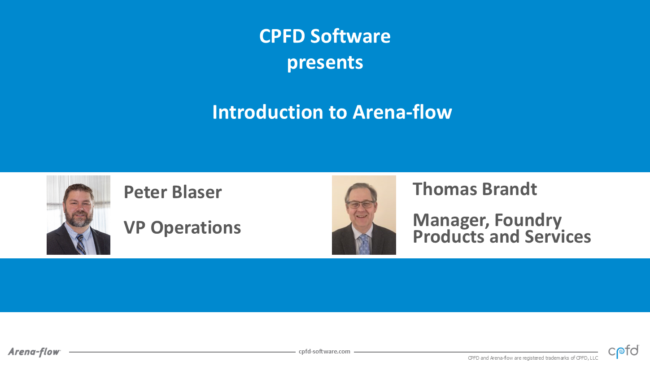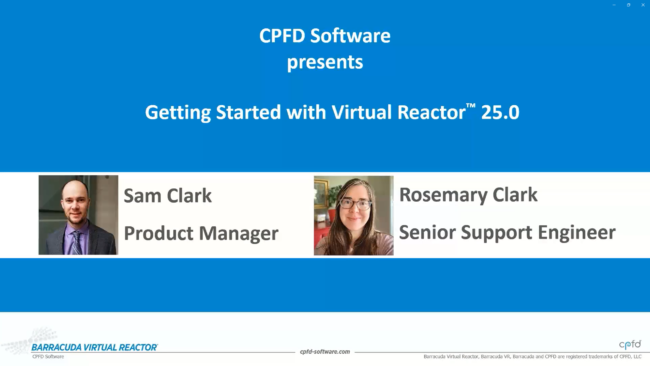UTEP Partners with CPFD Software to Advance Blue Hydrogen Research
This article highlights the collaboration between CPFD Software and UTEP in utilizing Barracuda Virtual Reactor for advanced research on improving the efficiency of co-gasification of biomass and MSW for hydrogen production



